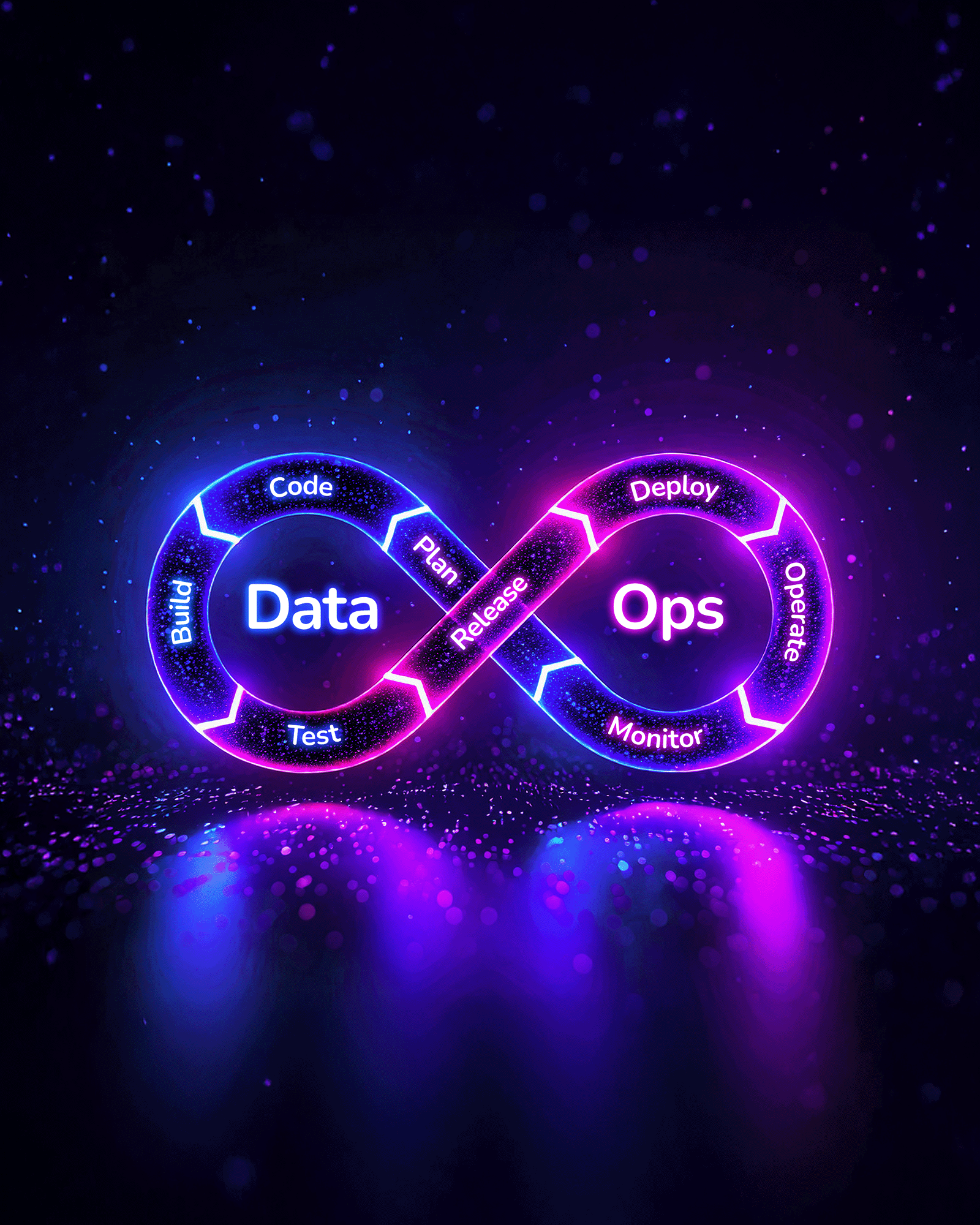The Rise of DataOps for Enhanced Analytical Efficiency
In today's rapidly changing data landscape, organizations are moving beyond simply gathering information to focusing on deriving actionable insights. Analytical efficiency has emerged as a fundamental element of contemporary decision-making, necessitating more than just advanced tools and technologies. This is where DataOps comes into play—a groundbreaking methodology aimed at optimizing the entire data lifecycle, from data ingestion to actionable insights. But what is DataOps, and how is it reshaping analytical efficiency? Let's explore further.
At its essence, DataOps promotes communication and collaboration among data engineers, analysts, scientists, and business stakeholders. By dismantling silos and streamlining workflows, it empowers organizations to fully leverage their data.
Key Pillars of DataOps
- Collaboration: DataOps thrives on teamwork across various functions. It aligns data teams with business objectives, ensuring that all efforts are directed toward achieving meaningful results.
- Automation: Routine tasks, such as data validation and pipeline deployment, are automated to minimize errors and boost efficiency.
- Continuous Delivery: DataOps focuses on delivering small, incremental updates to data pipelines, keeping analytics current.
- Monitoring and Feedback: Real-time monitoring of data workflows and ongoing feedback loops help pinpoint bottlenecks and enhance processes.
- Data Quality: Maintaining clean, consistent, and reliable data is a fundamental principle of DataOps.
The Role of DataOps in Analytical Efficiency
- Accelerating Insights: Traditional data workflows often involve prolonged cycles of data preparation, validation, and analysis. DataOps streamlines these cycles through automation and collaboration, facilitating quicker insights. Businesses can swiftly adapt to market changes and customer demands, gaining a competitive advantage.
- Enhancing Data Quality: Poor data quality can undermine analytics. DataOps incorporates rigorous testing frameworks and validation checks at every stage of the pipeline, ensuring that analysts and decision-makers can rely on the data.
- Streamlining Data Pipelines: With DataOps, pipelines become flexible and modular, allowing for adjustments on the fly. This adaptability ensures seamless operations as data sources, volumes, and requirements evolve.
- Reducing Time-to-Value: By applying continuous integration/continuous deployment (CI/CD) principles, DataOps significantly shortens the time needed to convert raw data into actionable insights. Teams can concentrate on high-value tasks rather than addressing operational inefficiencies.
- Bridging the Gap Between IT and Business: One of the key advantages of DataOps is its ability to align technical teams with business goals. This alignment guarantees that data initiatives are not only technically sound but also strategically significant.
Key Trends Driving DataOps Adoption
- Explosion of Data Sources: As organizations embrace IoT devices, cloud platforms, and third-party integrations, managing diverse data sources becomes increasingly complex. DataOps offers a structured framework to navigate this complexity effectively.
- Rise of Real-Time Analytics: The demand for real-time insights is at an all-time high. DataOps enables the creation of pipelines that process and deliver data instantaneously, catering to applications like fraud detection and predictive maintenance.
- AI and Machine Learning Integration: DataOps accelerates AI/ML workflows by ensuring that models are trained on high-quality, up-to-date data. This integration enhances model accuracy and expedites deployment.
- Focus on Data Governance: With stricter regulations such as GDPR and CCPA, organizations must prioritize data governance. DataOps integrates governance practices into workflows, ensuring compliance without sacrificing agility.
Challenges in Implementing DataOps
- Cultural Resistance: Transitioning from siloed operations to a collaborative DataOps model necessitates a cultural shift that some organizations may find challenging.
- Skill Gaps: Successfully implementing DataOps requires a blend of technical and analytical skills. Upskilling teams and recruiting DataOps specialists can be resource-intensive.
- Tool Integration: Merging various tools and platforms into a cohesive DataOps workflow can be complex, particularly for organizations with legacy systems.
The Future of DataOps
As businesses increasingly prioritize data-driven strategies, DataOps is set to become a standard practice. Emerging technologies such as automated data observability, AI-driven pipeline optimization, and serverless data architectures will further enhance its capabilities. Organizations that adopt DataOps will not only achieve analytical efficiency but also position themselves as leaders in their respective industries.
Conclusion
The rise of DataOps signifies a transformative shift in how organizations manage and analyze data. By promoting collaboration, automating workflows, and emphasizing data quality, DataOps ensures that businesses can extract maximum value from their data assets. For organizations striving to remain competitive in a data-driven landscape, embracing DataOps is not merely an option—it is essential.
Are you prepared to revolutionize your analytics with DataOps? Discover how Edgematics advanced solutions, PurpleCube AI, can assist you in implementing DataOps and achieving unmatched analytical efficiency. Contact us today to learn more!















